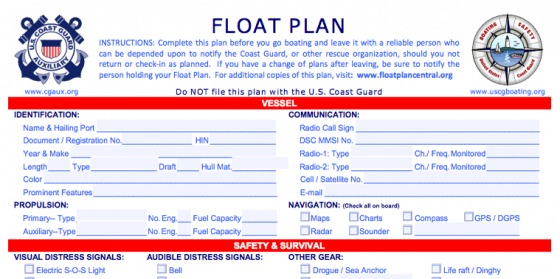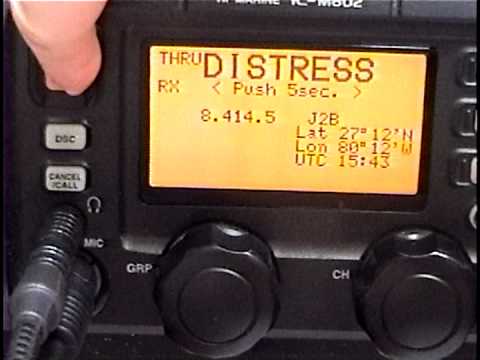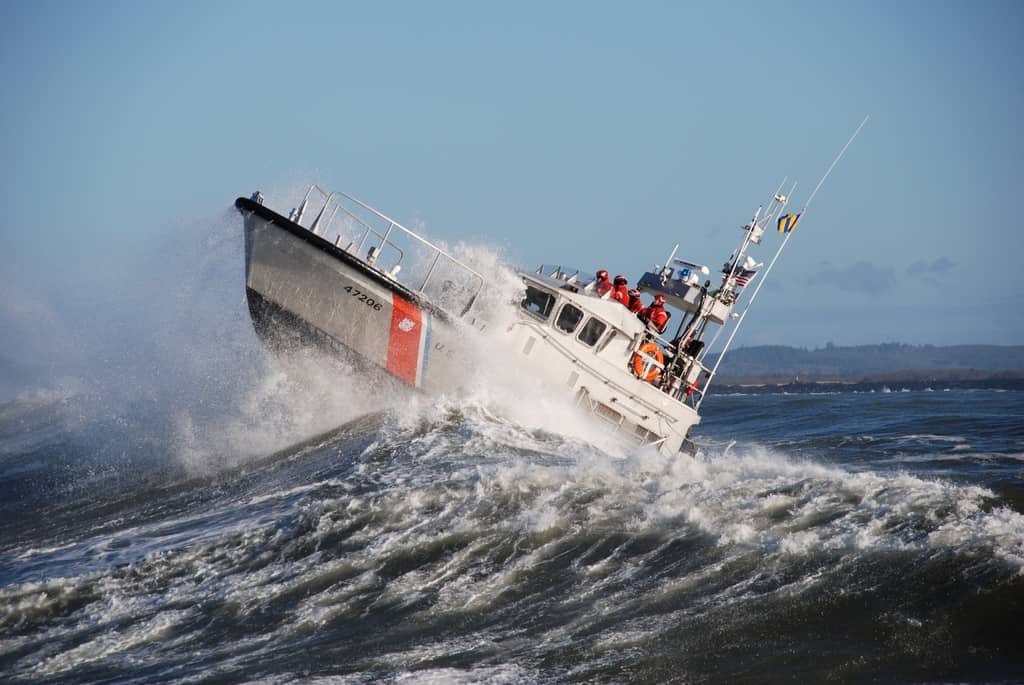Before Sailing, Prevent & Prepare for Rescue at Sea
Before setting sail, most of us have a detailed checklist for safety, provisions, etc. and you are likely faithfully avoiding maritime superstitions, LOL!. But seriously, so many sailors do not give enough thought to being ready for a rescue at sea.
Sure, the odds are low you will be in this situation, but it takes very little to improve your chances of the best outcome if the worst happens.
Keep reading for our top 10 list for preparing for a rescue at sea.
 During an emergency at sea is no time to be reading instructions. Practice walk-throughs for abandoning ship and retrieving man overboard. Familiarize yourself with all the equipment and procedures by using them. Be sure someone other than the captain is also participating in these exercises.
During an emergency at sea is no time to be reading instructions. Practice walk-throughs for abandoning ship and retrieving man overboard. Familiarize yourself with all the equipment and procedures by using them. Be sure someone other than the captain is also participating in these exercises.- Inspect your boat’s safety and communications equipment. Check out the vessel safety equipment checklist used by the US Coast Guard Auxiliary for determining how well safety equipment is suited for your boat. It will give you ideas on key things to add to your pre-sail checklist.
- Go over a detailed float plan with friends or family. Make sure they know who to contact if you are late checking in or returning. Float plan tips: Include a photo and very detailed description of your boat including what your boat looks like from the sea and the air to help search aircraft quickly and confidently identify your boat.
- Learn as much as you can about your route. Talk to local authorities or other boaters about potential hazards and boating challenges. Waterway guides offer a wealth of information. Did you know that you can schedule a vessel safety examination with the USCG Auxiliary at no cost to you? You can!
- Prepare to abandon ship:
- Put together a water-tight ditch bag…if you have one, be sure to check its contents are present and ready if needed before each trip. Label it clearly and keep it readily accessible…don’t pile stuff in front of it or on top as you provision for the trip. A few seconds can make all the difference in your survival if you need to get off the boat quickly.
- Pack a water-tight personal emergency bag as well. Include copies of your driver’s license or passport for ID, vessel registration and insurance, medical prescriptions, and credit cards, spare eye glasses and a small, basic first aid kit.
- Prepare crew and guests with basic emergency instructions. Before setting sail, muster your group together to provide an overview of where safety equipment is and how to use it such as donning PFDs and using the radio for emergency communications. Explain how abandon ship will work including where the ditch bag is.
- Fully charge the batteries for your handheld VHF radio and test it. Before casting off, test the VHF radio by switching to a working channel (NOT channel 16) to radio your marina to ask about their closing time
 Set up and be prepared to use Digital Selective Calling (DSC) that is built into every VHF marine radio built in the last 15 years. Once DSC is set up properly with the push of a few buttons, your radio automatically tells the Coast Guard your vessel name, your exact location, and the nature of your emergency (MOB, flooding, etc.) while sending a distress message to every vessel within line of sight. Your EPIRB, sat phone, or AIS can’t do that.
Set up and be prepared to use Digital Selective Calling (DSC) that is built into every VHF marine radio built in the last 15 years. Once DSC is set up properly with the push of a few buttons, your radio automatically tells the Coast Guard your vessel name, your exact location, and the nature of your emergency (MOB, flooding, etc.) while sending a distress message to every vessel within line of sight. Your EPIRB, sat phone, or AIS can’t do that.- Register and test your Emergency Position Indicating Radio Beacon (EPIRB). Test your EPIRB monthly removing it from its mount and following testing instructions. If you are unfamiliar with using your EPIRB or if it is not working, it does no good being aboard. Your EPIRB should be registered with NOAA, The registration must be updated if contact information changes or at least every two years. Having registration information up to date is important so search and rescue teams know what they are looking for. Tip: Use the ‘additional data’ field in the registration such as ‘Leaving 02-14-20 at 0830 from FLL, headed to Hope Town. 6 POB.’ Or, provide a link to your float plan.
- Protect against costs associated with at-sea rescue. Get a DAN Boaters Membership, an affordable annual protection for sailors. At $60 per year, it is totally worth every cent! Their services include
- 24/7 Emergency Hotline
- Medical Information Line
- Medical Evacuation & Repatriation
- Search & Rescue Expense Coverage
- Travel Health & Safety Resources
- Additional Travel Assistance Services
DAN Boater has also added a few more features recently that we thought you and your readers may be interest in:
- DAN Boater now offers several marine first aid kits the DAN Boater online store.
- DAN Boater offers 4 travel health and safety guides, with more on the way: free digital versions or purchase print versions
- DAN Boater now offers travel insurance for boaters looking for medical coverage while traveling.

Estelle Cockcroft
Catamaran Guru Co-Founder
Estelle Cockcroft is a seasoned sailor, catamaran expert, and co-founder of Catamaran Guru. With over 70,000 NM sailed and 30+ years aboard, she empowers new cruisers with expert advice on liveaboard life, yacht ownership, and ocean adventures.






